The State of Inventory: May 2024 Real Estate Update

In May 2024, the real estate market saw a significant shift with the number of nationwide active listings climbing to 788,000, marking a 35% increase year-over-year and the highest figure since July 2020. While this surge is promising, it’s essential to keep a few critical points in perspective:
- Historical Context: Despite the recent gains, active listings are still down 33% from pre-pandemic levels.
- Regional Disparities: Most of the inventory growth is concentrated in a few states, particularly Florida and Texas.
Regional Inventory Insights
As depicted in the map below, more than half of the states had inventory levels in May 2024 that were over 40% below pre-pandemic levels (indicated by shades of blue). Notably, nine states had inventory levels more than 60% below pre-pandemic figures. Connecticut is facing the most severe shortage, with inventory nearly 80% lower than in May 2019.
Florida and Texas Lead the Charge
Nearly one-third of the active listings in May 2024 came from just two states: Florida and Texas. Specifically:
- Florida: Contributed 18% of nationwide active listings, with its inventory now only 4% below pre-pandemic levels.
- Texas: Contributed 13% of nationwide active listings, with inventory now 2% above where it was in May 2019.
It is in these 'green states' that we are seeing the greatest pricing pressures in certain cities due to the relative abundance of listings.
The Reality of Assumable Mortgages
A common query in today’s market surrounds the concept of assumable mortgages. The idea is enticing: a buyer could 'take over' the seller’s existing loan and benefit from a much lower mortgage rate than what they could secure themselves currently. However, this concept comes with several caveats:
- Qualifying for the Loan: The new buyer must qualify for the existing loan based on their creditworthiness.
- Home Value Increase: If the home’s value has increased since the original purchase, the new buyer must cover the difference through additional equity or another mortgage at a higher rate.
- Extended Closing Process: The process involves substantial paperwork, potentially extending the closing period, which may deter sellers.
Key Facts About Assumable Loans
- Government Loans: Many government loans, such as FHA and VA loans, are assumable under certain conditions.
- Percentage of Loans: Since 2019, approximately 8% of home loans originated in the US were VA loans, and around 15% were FHA loans—almost a quarter of all mortgages (Source: Realtor.com).
- Current Listings: Despite this, only 0.4% of current active listings are advertised as offering an assumable mortgage (Source: Realtor.com).
This disparity highlights the challenges and complexities of the mortgage assumption process.
While assumable mortgages can offer significant interest savings, especially in areas near military bases where VA loans are more common, they are not as prevalent or straightforward as some might assume.
Conclusion
It’s crucial to understand that assumable mortgages are not a simple or universally available option. They require careful consideration, qualification, and often substantial additional payments. For those who can navigate the complexities, the potential savings are substantial.
Categories
Recent Posts


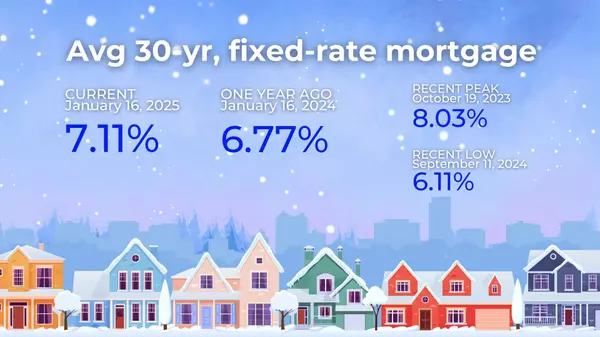
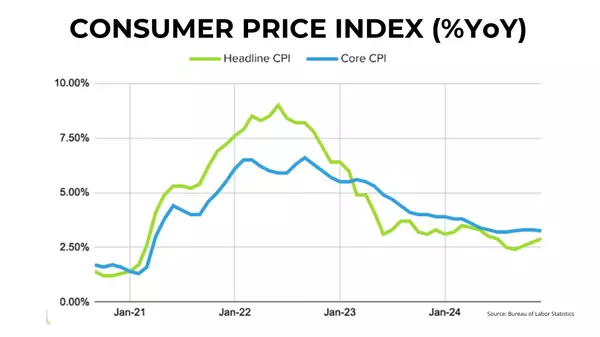


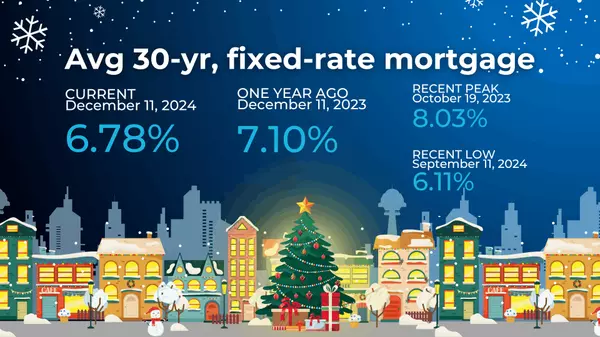
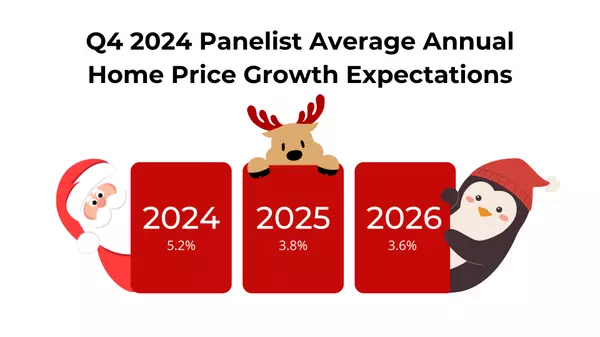
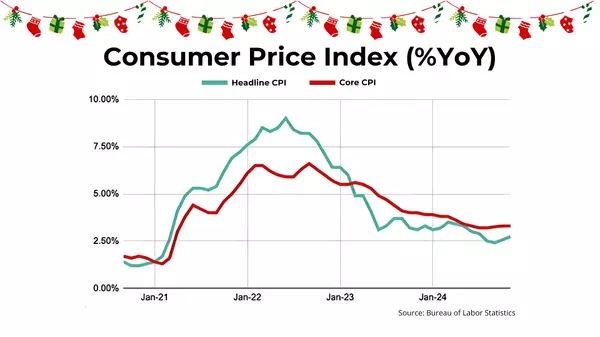

GET MORE INFORMATION

